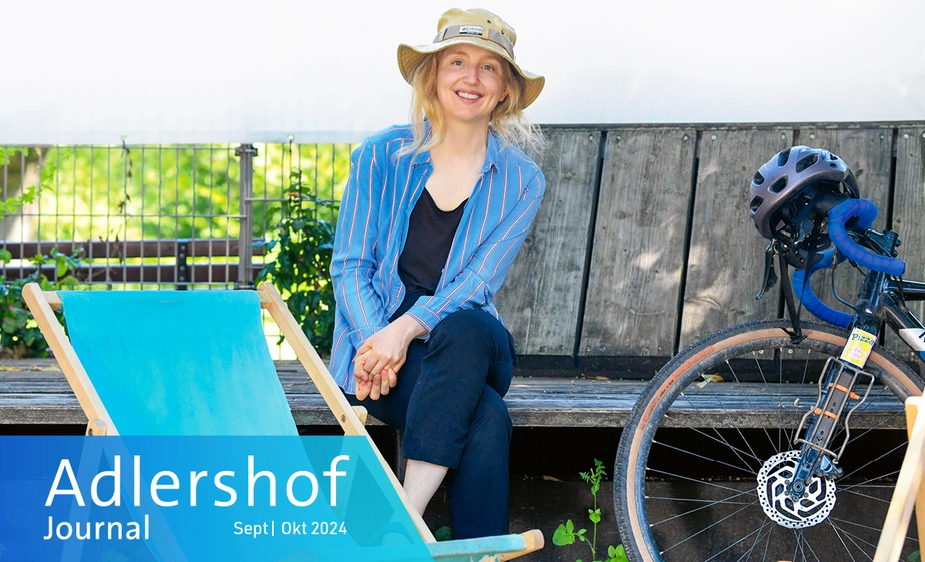The flow directions of science communication
A research project from Berlin uses transdisciplinary formats to start a conversation with people from the region
“In some places, there will be too much water, in some too little, and water in general will be more polluted.” At the Einstein Research Unit Climate and Water under Change (CliWaC), researchers from various disciplines will spend three years finding out how climate change affects the water in the region. Embedded in CliWaC is the AnthropoScenes project, which works with artists to engage with stakeholder groups, so as to incorporate their perspectives into research.
“With AnthropoScenes, the Berlin University Alliance has given us a really great opportunity,” says Pauline Münch. A psychologist by trade, she is head of science communication at the AnthropoScenes project, which was launched in 2022. “The goal was then and still is to move away from traditional, one-sided science communication formats.” This includes formats like the one you’re reading right now because you as the reader cannot participate directly in the conversation. “Instead, we aim to create a multidirectional exchange and to do so we had to experiment a lot—to find out what it takes for such formats to work, which contexts are important, and which people we need to involve.”
Münch and her team have tried many things in the past two and a half years. They hosted “walkshops” that had the participants walk along the Panke and Spree rivers with researchers at their side. In a shopping mall, they staged short performances to shoppers and had them share their thoughts in a speaker’s corner. The team visited water locations together with the inclusive theatre RambaZamba, which resulted in a theatre play—a “wild mix of science fiction, mythology, and aliens that revolved around water.” There was another highlight: AnthropoScenes organised a festival in the Spree Forest swamps together with the artist Maximilian Grünewald. “The Spree Forest became both a place of scientific research and a place of artistic research: Inspired by water, land, and people, artists created works, installations, designs, performances, photographs, and discussion panels.”
These novel formats are not only a lot of fun. They help the team of AnthropoScenes to spark conversations with people and integrate non-scientific perspectives. They are also a means of making abstract ideas more tangible, creating completely new approaches, says Münch. “In the ‘Dialogue with the Spree’ project, people could send letters and voice messages to the Spree river. Set designers created an installation to make the river perceptible as an autonomous actor.” The insights from the installation’s visitors are now being integrated into anthropological research, steering a new direction for the scientific project.
“Adaptation measures are needed to combat climate change,” Münch concludes, “and these must not take place in isolation, they must be integrated into society. In this vein, we don’t want people to just come and get something off their chest. We are looking for real participation.” The following years will show how many things the transdisciplinary and interdisciplinary interventions have achieved. Many of the data collected as part of the project are still being evaluated. One thing is already clear: The innovative formats on the topic of water developed as part of the project were well received—including in expert circles. AnthropoScenes is among the finalists of the Falling Walls Engage competition, which gives awards to the best science promotion projects worldwide. Adlershof Journal is keeping its fingers crossed for them.
Nora Lessing for Adlershof Journal
